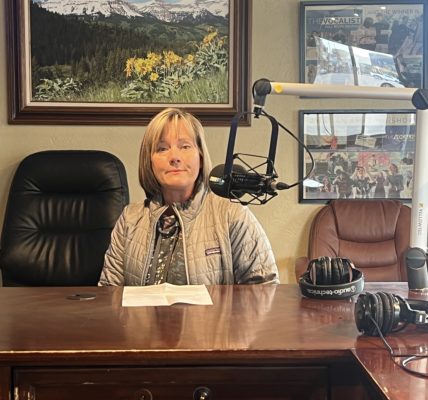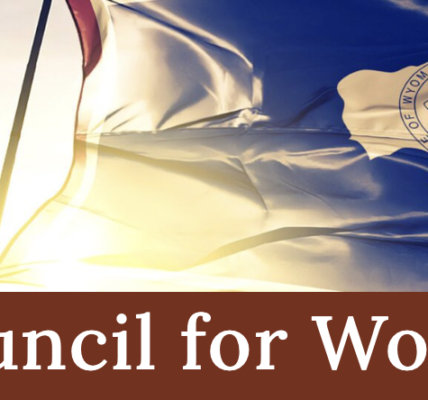By Seth Klamann
Casper Star-Tribune
Via Wyoming News Exchange
CASPER — The premiums for some of the insurance plans on Wyoming’s exchange jumped by more than 70 percent compared to last year, the second sharpest increase in the country, according to a national study.
The report, published by the Urban Institute, looked at the cheapest silver plans for 40-year-old nonsmoking Americans. In 2017, premiums for that plan cost $494 a month in Wyoming. In 2018, they had jumped to $860, an increase of 74 percent. Only Iowa’s silver plans experienced a more drastic hike: rates in that Midwestern state rose 117 percent, to $695 a month.
For those silver plans for 40-year-old nonsmokers, Wyoming’s prices were far and away the most expensive in the nation. Alaska, at $698 a month, came in second, in front of Iowa.
The price for those silver plans has jumped so significantly in the past year that it’s now more expensive than the cheapest gold plan, said Erik Wengle, an Urban Institute researcher and one of the authors of the study.
The second-lowest priced marketplace silver plan in Wyoming jumped by nearly 72 percent. It now costs $861 a month, compared to its previous price tag of $502.
That is also the most expensive in the United States.
The exchanges were created by the Affordable Care Act, passed in 2010 under the Obama administration. The law established state marketplaces through which people can purchase private health insurance plans. Under the ACA’s individual mandate, residents who do not have insurance otherwise must purchase a plan via the exchange or pay a penalty.
Plans on the exchange are categorized as bronze, silver, gold and platinum based on the benefits. A silver plan, for instance, typically charges “moderate” premiums and covers 70 percent of medical costs, according to the federal government.
Blue Cross Blue Shield, the sole provider on Wyoming’s health exchanges, announced in August that it would be increasing some of its premiums here by nearly 50 percent. A spokeswoman for the company said the jump could be blamed on uncertainty in Washington, D.C.
Some of that uncertainty has become more crystallized. Indeed, the study said the significant size of the nationwide increases — averaging 32 percent or $444 — can be attributed at least in part to recent movements in Washington, D.C.
For one, President Donald Trump announced in the fall that his administration would no longer reimburse insurance companies for the cost-sharing reductions that they must provide to low-income consumers. To absorb that loss of funding, some insurers — including Blue Cross Blue Shield of Wyoming — decided to hike up their silver plan premiums.
On top of that, Wyoming has only Blue Cross Blue Shield on its health care exchange. Theoretically, the insurer wouldn’t have an incentive to keep premiums low to fend off competitors, Wengle said.
There’s still significant uncertainty. For one, insurance companies are preparing for fewer enrollees. The study notes that the Trump administration took several steps to seemingly undercut open enrollment: Funding for advertising was essentially eliminated, the open enrollment window was shortened, and money set aside to help people enroll was slashed.
“Insurers feared that these changes would reduce enrollment, leave a less healthy risk pool, increase average claims costs per enrollee, and provide insurers strong incentives to increase premiums at all coverage levels,” the study’s authors wrote.
Then there’s the individual mandate. Trump’s tax overhaul will end the provision, which required Americans buy insurance if they didn’t already have it or pay a fine, after this year. Without the mandate, there’s concern that the young and healthy will drop their health insurance.
But the elderly and chronically ill — both of whom frequently use health services and thus are more expensive for insurance companies — will still need insurance. Without healthy people to offset the sick, insurance companies will almost certainly drive up prices to cover their bottom line.
“Right now, insurers just don’t really know what’s going on,” Wengle said. “And so they have to price for that uncertainty. That could theoretically lead to further increases in the future.”
Asked if the premium increases were a result of inherent problems within the Affordable Care Act or were attributable solely to policy changes, Wengle said it was a mix.
“There were premium increases (before the recent uncertainty), but insurers were starting to get a handle of the market,” he said. “They were starting to understand the population and how to price for the population, at least nationally. … Now they have to price for the changing policy environment. That makes them worried, obviously.”
- 19Shares




